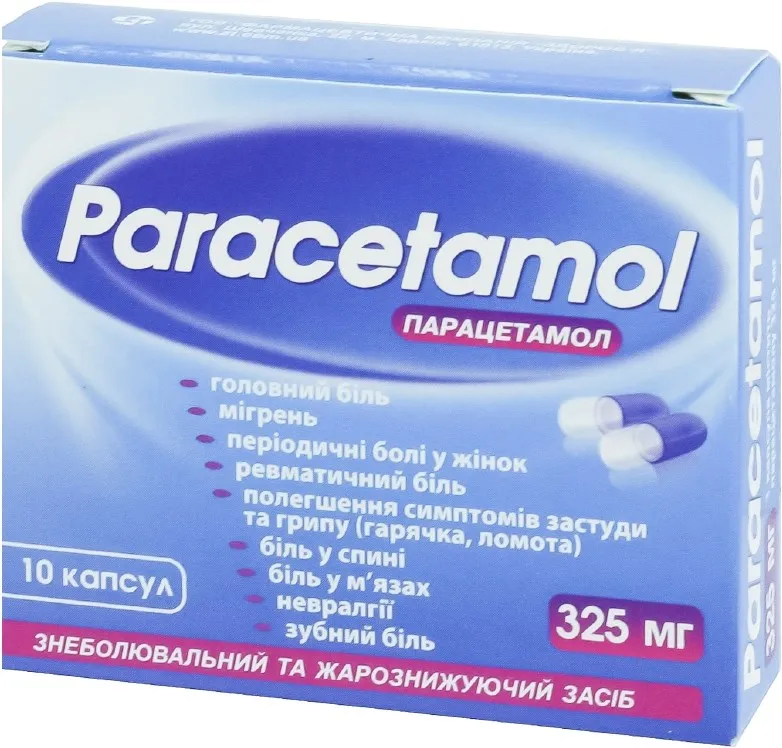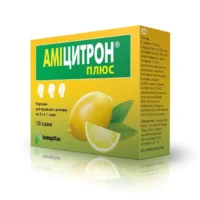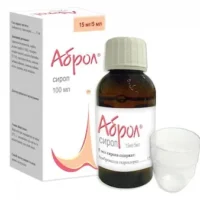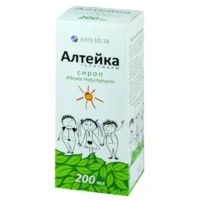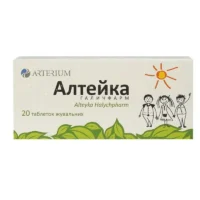Description
Paracetamol (paracetamol) Capsules 325 mg. №10
Ingredients
- Each capsule contains 325 mg of paracetamol.
Dosage
- The recommended dosage for adults is 1-2 capsules every 4-6 hours as needed.
- Do not exceed 8 capsules in 24 hours.
Indications
- Paracetamol capsules are indicated for the relief of mild to moderate pain and fever.
Contraindications
- Do not use if allergic to paracetamol or any other ingredients in the capsules.
- Consult a healthcare professional before use if pregnant or breastfeeding.
Directions
- Swallow the capsules whole with a full glass of water. Do not crush or chew.
Scientific Evidence
Paracetamol is a widely studied and well-established medication for pain relief and fever reduction. Numerous clinical trials have demonstrated its efficacy and safety profile in various patient populations.
Additional Information
- It is important to follow the recommended dosage and not exceed the maximum daily limit to avoid potential liver damage.
- If symptoms persist, consult a healthcare provider for further evaluation and management.
Paracetamol works by inhibiting the production of prostaglandins in the brain that cause pain and fever. It is considered a safe and effective option for managing common ailments.

